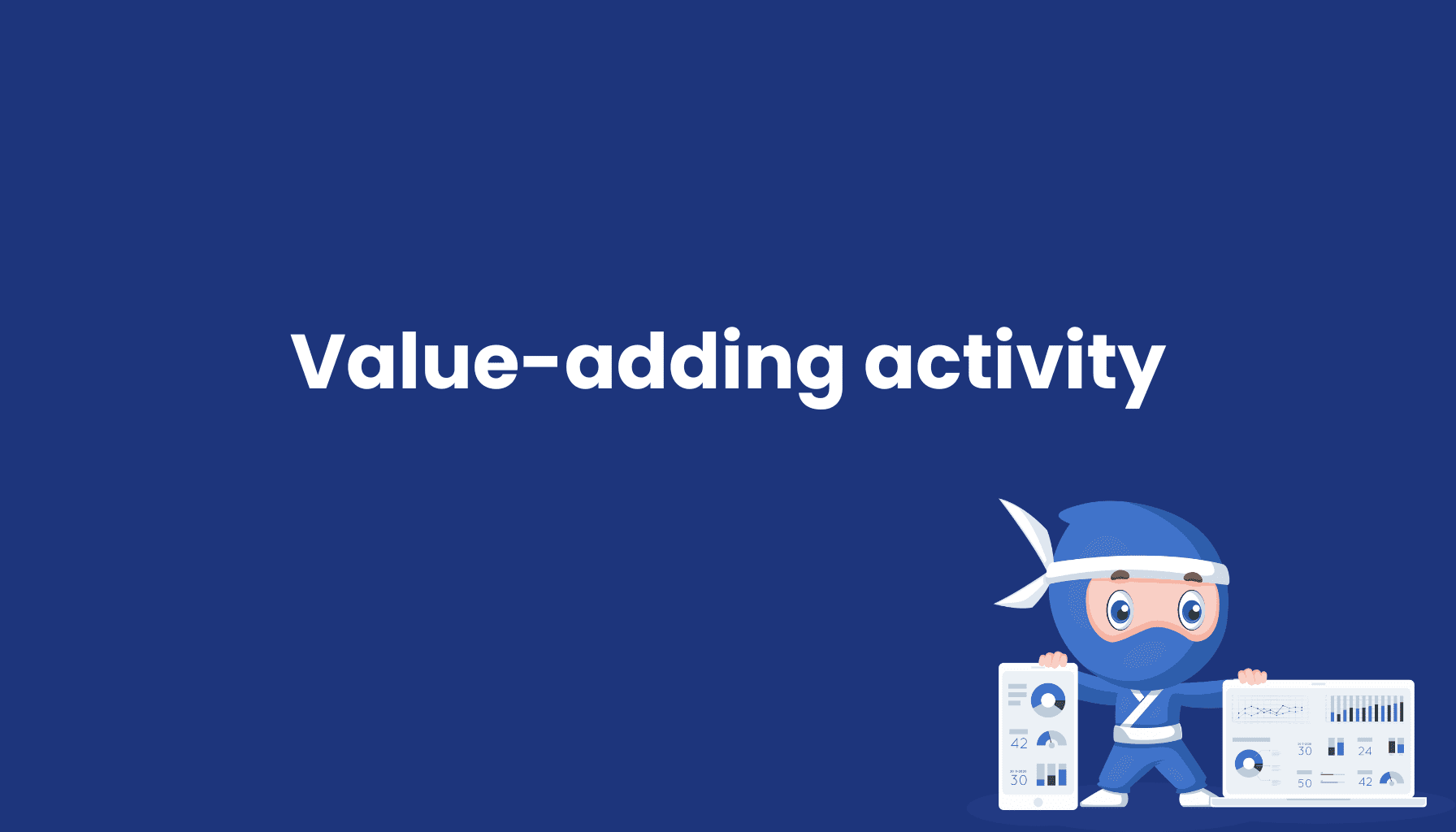Value-adding activity

What is a Value-Added Activity?
Value-added activities are processes and actions that directly contribute to increasing the value of a product or service and are essential from the customer's perspective. In the context of Lean Management, "value-added" refers to any activities that are necessary from the customer's point of view and that enhance the perceived value of a product or service.
Characteristics of Value-Added Activities
Customer Benefit:
An activity is considered value-added if it provides a benefit to the customer. These can be steps in the production process that directly contribute to the functionality or quality of the final product.
Efficiency:
Value-added activities should be efficient and purposeful. Every resource, whether time, material, or labor, is optimally utilized to improve the end product.
Direct Impact:
These activities have a direct impact on the final product. Examples include product assembly, quality control, and packaging.
Examples of Value-Added Activities
- Assembly and Manufacturing: These processes are directly responsible for creating a product and therefore have clear value for the customer.
- Quality Control: This ensures that the product meets customer requirements, directly contributing to the perceived value.
- Customer-Specific Customizations: Any customization performed according to customer requirements is a value-added activity.
Distinction from Non-Value-Added Activities
In contrast to value-added activities, non-value-added activities do not directly increase the value for the customer. These activities, also known as waste (Muda), include actions like excessive inventory, unnecessary transportation, or waiting times. The goal of Lean Management is to minimize or eliminate these non-value-added activities to increase efficiency and reduce production costs.
Connection to Overall Equipment Effectiveness (OEE)
Value-added activities play a crucial role in improving Overall Equipment Effectiveness (OEE). OEE measures how effectively production equipment is utilized and is directly related to the efficiency of value-added processes. By focusing on value-added activities, companies can improve their OEE by ensuring that machines and resources are used optimally to create the highest possible value.
Conclusion
Value-added activities are at the core of a successful production process. They directly contribute to customer satisfaction and are key to increasing a company's efficiency and effectiveness. By focusing on value-added processes and reducing non-value-added activities, companies can optimize their production operations and enhance their competitiveness.


